This video is available for instant download licensing here: https://www.alilamedicalmedia.com/-/galleries/all-animations/respiratory-system-videos/-/medias/63e4494c-bc90-4b5f-a058-dccd2756252e-progression-of-tuberculosis-narrated-animation Voice by: Qudsi Baker. ©Alila Medical Media. All rights reserved. Support us on Patreon and get FREE downloads and other great rewards: patreon.com/AlilaMedicalMedia All images/videos by Alila Medical Media are for information purposes ONLY and are NOT intended to replace professional medical advice, diagnosis or treatment. Always seek the advice of a qualified healthcare provider with any questions you may have regarding a medical condition. Tuberculosis, or TB, is one of the oldest and most common infectious diseases. About one third of the world population is believed to be infected with TB. Fortunately, only about 5% of these infections progress to active disease. The other 95% of infected people are said to have a dormant or latent infection; they do not develop any symptoms, and do not transmit the disease. Tuberculosis is caused by a rod-shaped bacterium, or a bacillus, called Mycobacterium tuberculosis. An infection is initiated following inhalation of mycobacteria present in aerosol droplets discharged into the atmosphere by a person with an active infection. The transmission process is very efficient as these droplets can persist in the atmosphere for several hours and the infectious dose is very low – less than 10 bacilli are needed to start the infection. Once in the lung, the bacteria meet with the body’s first-line defense – the alveolar macrophages. The bacteria are ingested by the macrophages but manage to survive inside. Internalization of the bacilli triggers an inflammatory response that brings other defensive cells to the area. Together, these cells form a mass of tissue, called a granuloma, characteristic of the disease. In its early stage, the granuloma has a core of infected macrophages enclosed by other cells of the immune system. As cellular immunity develops, macrophages loaded with bacteria are killed, resulting in the formation of the caseous center of the granuloma. The bacteria become dormant but may remain alive for decades. This enclosed infection is referred to as latent tuberculosis and may persist throughout a person’s life without causing any symptoms. The strength of the body’s immune response determines whether an infection is arrested here or progresses to the next stage. In healthy people, the infection may be stopped permanently at this point. The granulomas subsequently heal, leaving small calcified lesions. On the other hand, if the immune system is compromised by immunosuppressive drugs, HIV infections, malnutrition, aging, or other factors, the bacteria can be re-activated, replicate, escape from the granuloma and spread to other parts of the lungs causing active pulmonary tuberculosis. This reactivation may occur months or even years after the initial infection. In some cases, the bacteria may also spread to other organs of the body via the lymphatic system or the bloodstream. This widespread form of TB disease, called disseminated TB or miliary TB, occurs most commonly in the very young, the very old and those with HIV infections. Tuberculosis is generally treatable with antibiotics. Several antibiotics are usually prescribed for many months due to the slow growth rate of the bacteria. It’s very important that the patients complete the course of the treatment to prevent development of drug-resistant bacteria and re-occurrence of the disease.
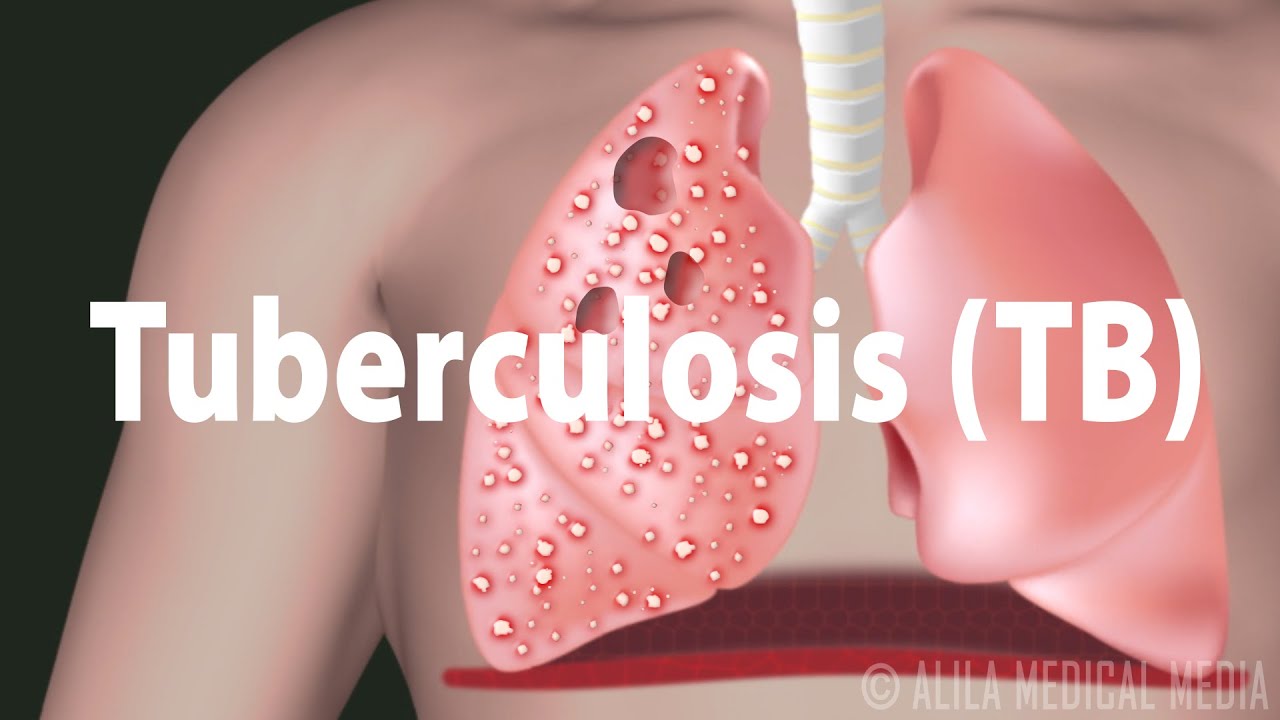
Tuberculosis (TB): Progression of the Disease, Latent and Active Infections.
- Post author:admin
- Post published:October 7, 2021
- Post category:Uncategorized
- Post comments:0 Comments
You Might Also Like
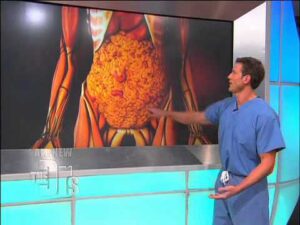
What Visceral Fat Does To The Body (The Doctors)
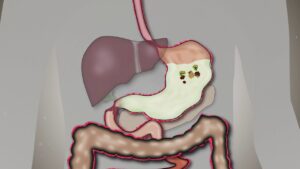
Human Digestive system explained

IAEA – What is water?

Can we mix BCAA, Creatine, Glutamine in PRE WORKOUT DRINK? Info by Guru Mann

Exercise Meaning

What to Eat Before Gym and What to Eat After Gym Workout

Homicide Psychology/ Psychiatry Video – 3

Nutritional Requirements during Pregnancy
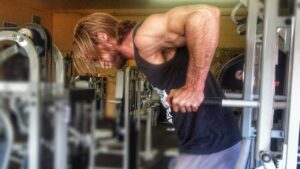
How To Do Dips – Chest & Triceps Exercise
Tobacco Effects Video – 2
Cool Down

Pre Blended Creams Video – 1
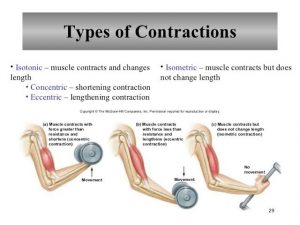
Muscular System Contraction of Motor Units

Lipids

India’s Best Fish Oil – Omega 3 at CHEMIST SHOP | Cheapest | Guaranteed Results

How To Build Bicep Muscle Fast – Bodybuilding Tips
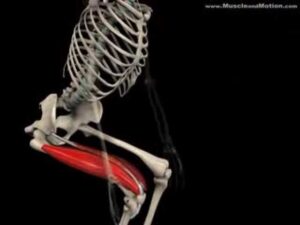
Muscle Building Workout & Squats Video – 23

Making A Yoga Routine Video – 6

Overview of Structure & Function of kidney – Physiology Medical animations
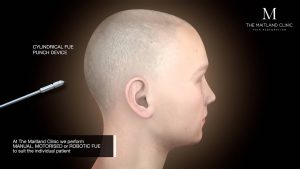
FUE Animation- The Maitland Clinic

Spondylolisthesis- The Most Dangerous Exercise To Avoid

What is HEART? HEART meaning & definition – HEART functions – How to pronounce HEART

Soaps, Shampoo, Lotions Video – 3

Machine Seated Low Row.AVI

Dr. Drew talks finasteride warnings

Spa Products Video – 2
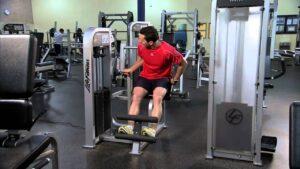
Life Fitness Pro2 Back Extension Instructions

Atenolol or Tenormin Medication Information (dosing, side effects, patient counseling)

6-1-13 Project Mayhem – Getting Stronger without losing conditioning

How to Get Toned Abs (IN ANY LIGHTING!)

Barbell Bench Press-5
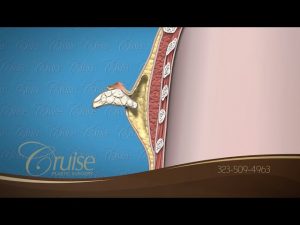
Gynecomastia Patients Talk About Their Surgery Experience

What is Shoulder Arthritis?

What Are Your Strengths (Hindi): Interview Skills
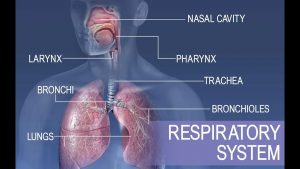
Anatomy and Physiology of Respiratory System

How to Do Back Extension Exercises

Mineral Meaning
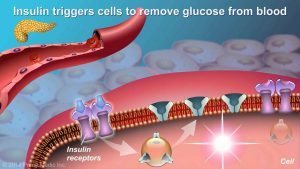
Understanding Type 2 Diabetes

Surya Namaskar Video – 3

Shoulder Workout (Posterior Deltoid)

Clinical Supplementation Video – 3

